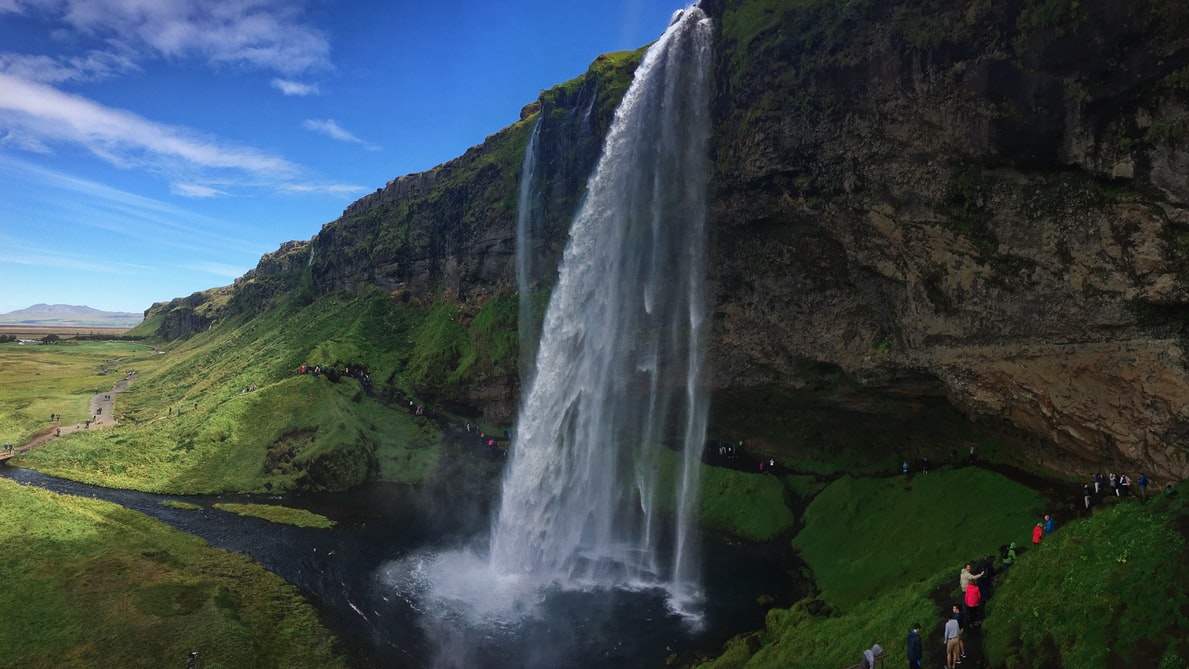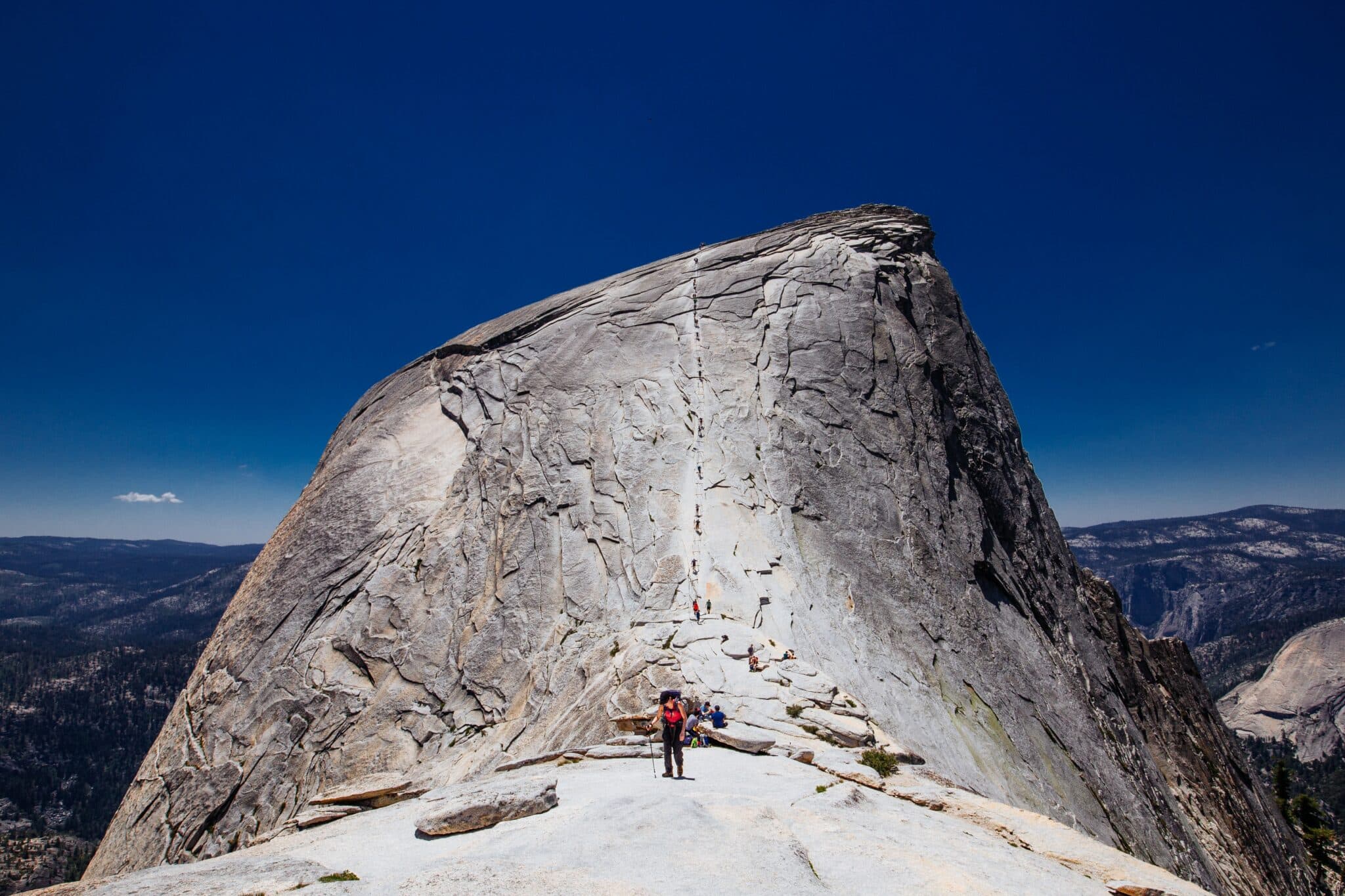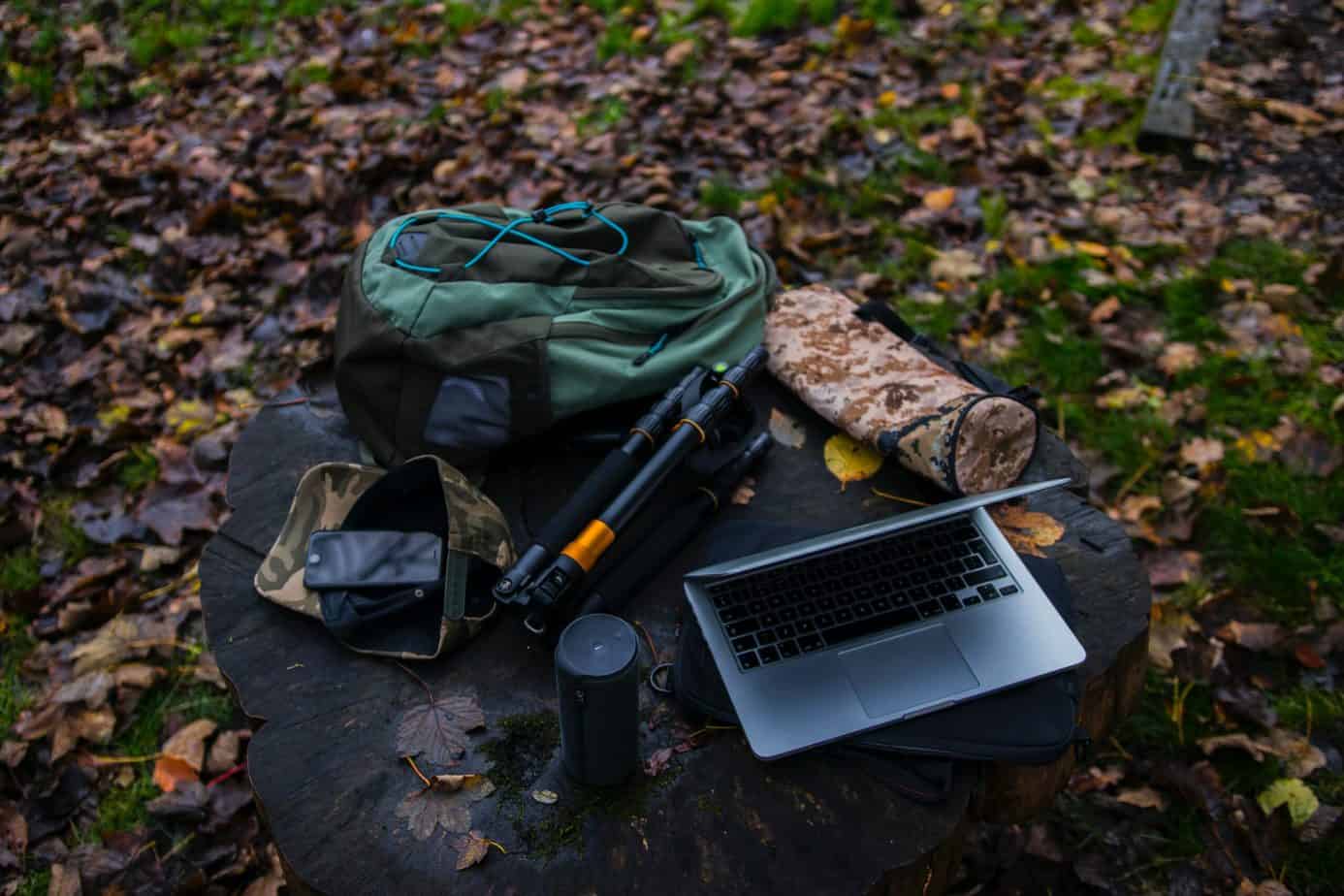Becoming a ski guide through the AMGA certification program is no walk in the park, but it’s the best way to become a certified Mountain Guide—and a legit one at that. We had the opportunity to chat with Jake Gaventa, ski guide and AMGA’s Partnership Manager, to learn more about what it really takes to become a guide, and what it’s like once you’re certified and employed.
What kind of outdoor guide are you?
There’s a very strict term on the international scale. So, I’m not a capitalized “Mountain Guide.” It would be best if I was referred to as a “guide.” I am a certified ski guide, but not a full Mountain Guide.
Why did you want to become a certified ski guide?
I think I wanted to become a guide because I have had powerful experiences in the outdoors. We’ll start with this, This is how I got introduced to climbing in the outdoors:
My parents used to always make us go for a hike on Saturdays and Sundays. And I hated it because my friends got to watch cartoons. And my parents were kind of hippies, so we didn’t have a TV. All I wanted to do was eat Captain Crunch and watch whatever cartoon all the other kids at school were talking about. Instead, we had to get up early and go on hikes, which I since have thanked them for. So that was good parenting.
I grew up in East Tennessee, my mom is British and I was also a late bloomer, overweight, and a super awkward teenager. I never culturally fit in. So I always felt like kind of an outcast.
Introduction to Rock Climbing
I was having a hard time in high school and went to this alternative school. There was a teacher who was a really good climber, he was quite famous for putting up first ascents in the East Tennessee area. He would volunteer and take us out climbing.
The first time I went climbing was a weekend trip. Everyone else did the easiest climb there, I was last and I couldn’t get both arms and both legs up at the same time off the ground.
My peers (you know, high school boys) started off being supportive, but very quickly turned into making fun of me, or at least I perceived that. I went to my tent and pretended I was sick for the rest of the weekend.
A few years later, I tried that climb again and I was really successful. That became my thing after high school. Every penny went into it. I worked construction, slept in my car, saved all my money, and then would go on a climbing trip for six months. That went on for multiple years. Eventually, I just got into mountaineering and I was going to the Himalayas.
It was actually after doing a Himalayan trip in my 20s, after bumming around India, I realized how much privilege I had. I could go to college—and not that I came from a wealthy family, but there were ways with student loans—I had that option.
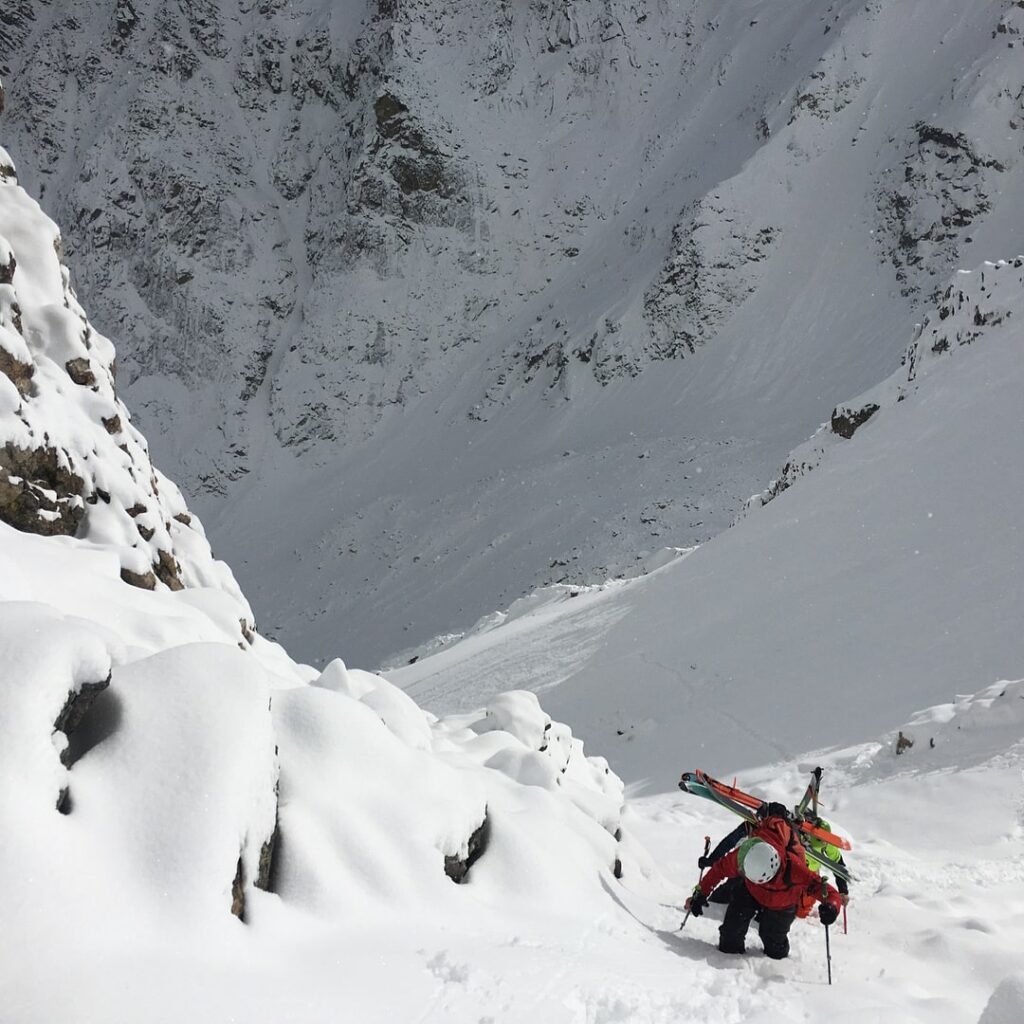
How did you get into ski guiding?
It felt cruel to those that don’t have that option to not capitalize on this opportunity, so I came back to the US and applied to an Outdoor Education Program at Prescott College, in Arizona—a really good rock climbing area.
I got accepted, and went the next fall and was just totally enamored with college. Most of that was around outdoor education and Outdoor Leadership. We had all these classes where we’d be in the field for weeks, like the glaciers in Alaska, forecasting in Silverton, Colorado, and Grand Canyon for river trips. It was a lot like expedition prep—how to facilitate in the outdoors.
I started working for Colorado Outward Bound School as a mountaineering instructor during the summers when I was still in college. It was a super powerful experience. I mean, you’re in the Colorado Rockies for 21 to 28 days, facilitating mountaineering, and not seeing a car or another human oftentimes for that whole time.
The pay for a mountaineering instructor
However, that kind of work doesn’t pay very well. I think when I started, I was maybe getting $52 a day. But you had zero expenses. So, once you got done with your 30-day course, that was $1,500 bucks. And this was in 1999. So, you’d go to the bars and you’d still have $1,475 left. At the time, I felt rich, but also being gone for that amount of time was just as challenging, from a relationship and life maintenance perspective. I worked with them for a number of years.
Hearing of the AMGA
I think I had heard of the AMGA in some of my classes in the 90s, but the AMGA was not quite as developed as it has become. And Prescott college was very much into the experience in building these skills, and not so much a certification, like not training to a standard. I was a late bloomer to the AMGA.
I also taught as an adjunct professor for a few different universities and their outdoor programs. I did ski patrolling and got really into the snow and did a bunch of other things to keep building up on that.
What are all of your guide certifications and what was the progress of them all?
I think I took my first AMGA program in 2000. I am technically a Certified Single Pitch Instructor, which is an instructor certification. I’m an apprentice Rock Guide, an apprentice Alpine Guide, and a certified Ski Guide.
The three different disciplines in the Mountain Guide track are Rock, Alpine, and Ski. I did a Ski Guide Course and then I did a Rock Guide Course, then I did an Alpine Guide Course. I followed that with an Advanced Ski Guide Course. After that, I took the Ski Guides Certification Exam.
Also, with a certified ski guide, you have to have certain Avalanche Training: The Pro One and the Pro Two. So for the Certified Ski Guide, you needed the three courses, the exams, and the whole avalanche training track.
How long would it take you total to get all that done?
Well, technically, I’m still picking away at it. But the Ski Guide Certification took a long time for me because I had a kid in that time. Just when that was starting to calm down, I blew my knee to pieces. I was on crutches and had two surgeries within a year and then took another year to recover.
I was actually enrolled in the exam and the COVID lockdowns happened the day before departing to Canada. I finally got the certification last year, after five years of various life things that were interfering.
What about the other two that you have, the Rock and Alpine Guide Certifications? How do those work? Because you’re not certified in those but you have the courses under your belt?
Yeah, Apprentice Rock and Apprentice Alpine. One thing that’s different about the American Mountain Guide training system, as opposed to the European guide training system is that you can be working as a guide while going through the certification programs in the US.
In Europe, depending on the country, you do a year of mountain guide training. After that, you are an Aspirant Mountain Guide, which means that you’re working under the direct supervision of a fully certified Mountain Guide. You do that for two years, then you take all of your exams.
The US vs. European Guides
In the US because our terrain is so big, as opposed to Europe where most of the Mountain Guides are working in the Alps, we have mass regions in the US that’s all rock guiding like Joshua Tree and Red Rocks. There’s no alpine or ski guiding there, it’s just rock guiding. So folks who are interested in only one discipline, like rock climbing, can choose that specific certification instead of all three required to be a Mountain Guide.
The other difference is that once you take your course, you can actually work and still be following the scope of practice. You still have to be within certain terrain constraints and certain supervision constraints, but it does allow you to work and add experience to your skillset and your resume.
When you submit a resume for the next level program, you actually have to show a certain number of guided days. The common thing that’s done to become a full Mountain Guide is taking different courses throughout the year from different disciplines. If you’re young and don’t get injured and don’t have family stuff, then maybe you can bust out a bunch of those courses in a year and be covered, spiraling upwards to that full certification.
Interested in learning about general requirements to become an outdoor adventure guide? Read it here.
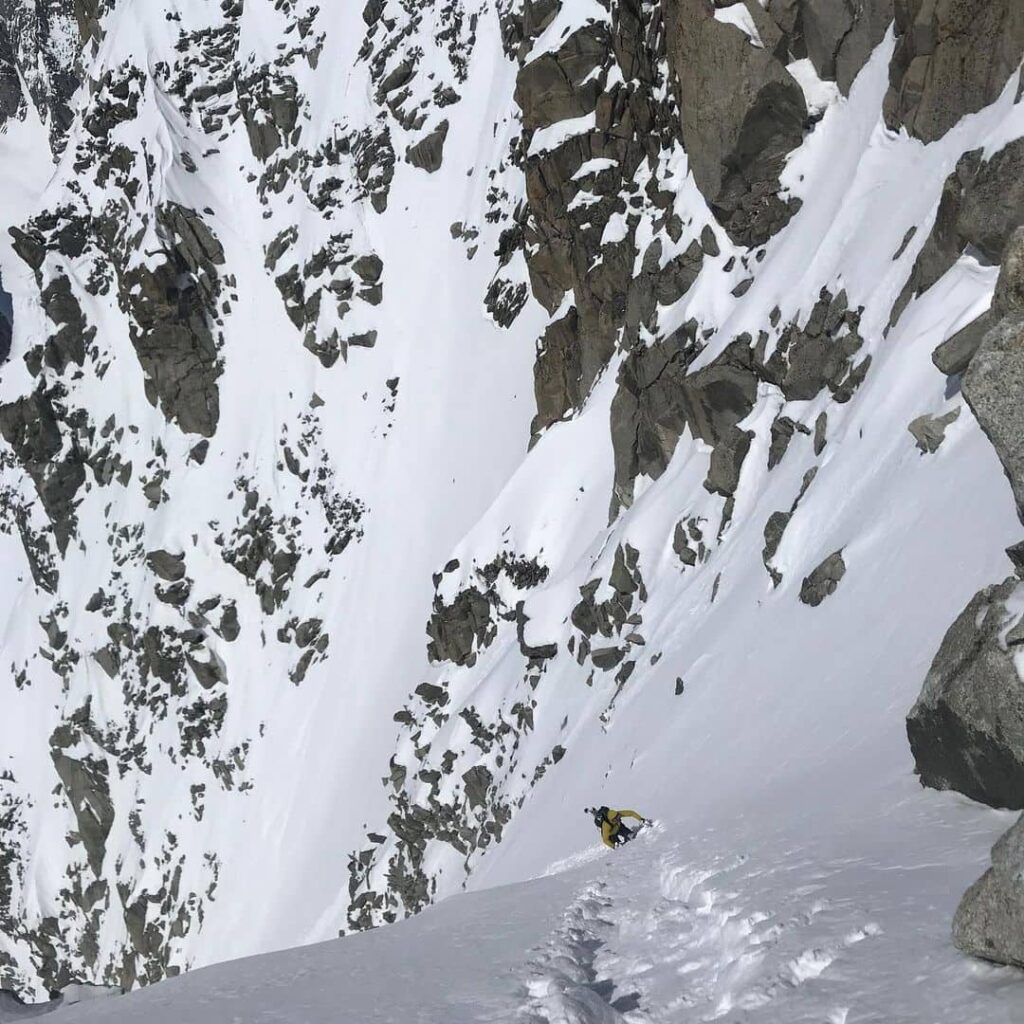
Do you have to finish the course completely before you can start applying to jobs where you can start guiding or at least under supervision?
There’s a couple of different answers to that.
One is that there’s a number of guide services or employment opportunities that don’t necessarily care about AMGA training, it doesn’t matter if you have it or not. That said, I feel like that is changing. And that is changing rapidly. Partially because land managers are now recognizing the AMGA training. Similar to how you’d have to have a Wilderness First Responder Certification in order to work in the field underneath the land management agency.
First Responder Certification and CPR would be the minimum entry requirements in order to to get on the company’s roster. But with each one of those courses you take and exams you complete, that opens more opportunities. One, it’s more terrain that you can work in which ultimately means more work options.
For example, it may be hard to find full-time employment as a Single Pitch Instructor, but if you take more courses that means more work options throughout the year, more work stability, and usually better pay because most companies have a pay rubric that rewards you for more training and certifications.
So if someone completes all three courses and takes the certification exams, would they be considered a Mountain Guide? Also, how long would it take someone to do all three of those certifications?
If you do all three, and you’re certified in each one of the disciplines, then you are a licensed Mountain Guide.
I think how long it takes really varies, the fastest I’ve heard is three years minimum and that would be pretty darn fast. To be fully certified for all the disciplines, that’s 86 days of coursework, which doesn’t sound like that much, but if you think about, for each one of those courses, you have to submit a resume of typically 50 different routes.
How do you know that someone’s done those routes? Couldn’t they just come in and lie and say, “I totally did all these”?
Well, they definitely could. And I think that becomes obvious pretty quickly when someone has done that. So there is definitely a little bit of an an honor system there. It shows it shows pretty quickly because you’re just not prepared.
For instance, on the ski guide track, between the Advanced Ski Guide Course and the Exam, you have to show a certain number of ski tours in complicated terrain, glaciated terrain, and a certain number of ski tour days that are over 5,000 feet of vertical climbing. For the rock track, there has to be a certain grade and difficulty of the routes you’ve done.
It’s a pretty demanding resume requirement for each one of those. I think three years would be the fastest you can take it, and that would be pretty darn fast. Seems like five years is probably a bit more average.
Do you think you’ll go for the other two guiding certifications?
I don’t know. I’ve been thinking about. I have a full-time job. I have a family. I’m not a spring chicken. I’d have to do a lot of training for each one of those courses. So I’m not sure, but the only reason I’m still thinking about it is to show my commitment to the profession. I don’t know how much it would advance me in my career track—possibly in unsuspecting ways—but I do think it would show I believe in this profession, and I’m committed to it.
On that note, what’s your favorite part of the job?
My favorite part of the job is the people. Hanging out with the people and being super present. You’re in the mountains, oftentimes you don’t have cell service and we’re just chatting.
I find it inspiring. Obviously, in our news cycles, we’re oftentimes reminded that there’s a lot of evil in the world. At least the folks that are attracted to the mountains, we might have different political stances, we might disagree on some things, but they’re still just really good people, so guiding feels like a unifier.

What about your least favorite part of the job then?
I think my least favorite job is that it can be volatile. There can be a lot of last-minute requests of work. I just got an email five minutes ago asking if anybody is free to guide someone tomorrow.
You know, that sounds great, but this trip is like two and a half hours from my house. I can’t do that.
The other thing that’s hard is that there’s seasonal cycles. Right now it’s Ski and Avalanche Education season and it’s super busy. Come Spring, there might be like a little bit of a lull and then everything’s rock climbing. People coming from across the country to come rock climb in the Front Range or in Colorado or Rocky Mountain National Park, it’s super busy. Then September levels off and it’s really quiet September through mid-December.
Different guides have different flows depending on where they’re at. So if you want to maintain a constant guiding scheduling, you have to travel. It’s hard because you say, “Okay, it’s feast or famine.” You have to move around your life in order to you make ends meet.
What’s a hard truth about guiding?
I see a lot of young folks attracted to the industry, because they’re strong climbers and skiers. And they think, “Okay, I get to do the stuff that I love every single day.” I don’t see those folks lasting as long in the industry. Because oftentimes, you are not at your physical ability. You are maybe on the same routes in the same terrain, oftentimes doing the same thing over and over and over.
So the folks that I see that think, “this is about me,” they tend to not last very long. Whereas the folks who are more interested connecting with people, and facilitating this really awesome, positive experience, will last. You have to remember that it’s maybe someone’s best day of their life, or it’s the best day of their year. It’s a big day for them. For you, it’s just the average day, right? But for them, it’s a big day and it’s all about them. It’s about your clients and not about you. You have to check yourself around that.
What’s something about your job that most people don’t realize?
My feet are really messed up. You go from wearing ski boots—I like my ski boots tight—to wearing climbing shoes to wearing mountain boots. Your feet get destroyed. And I remember, everyone says “take care of your feet.” That’s Backpacking 101. Take care of your feet.
I always thought, “Well, that’s dumb.” But now I have bone spurs. I should probably have surgery, these things are messed up. So I think taking care of your feet is a big deal.
How do you see guiding evolving in the future?
If you look at the roots of facilitated outdoor experiences in the United States, they’re things like YMCA summer camps. It’s these big organizations, mostly targeted at youth, where the pay for the instructors was super low. The skills required for the instructors was also super, super low.
In Europe, if you look at the history of facilitated outdoor experience, a lot of it actually comes from Mountain Guiding. The Chamonix guides formed, essentially, the first union in the world in the 1840s. They basically formed a collective to demand better pay and demand safer Client-to-Guide ratios, which funny enough, their ratios were one-to-four is what they were demanding. It’d be one client to four guides. Now, it’s totally opposite.
So I think that there’s a big disparity between the European routes and the American routes. The way that that shows itself is the pay is quite a bit different. It pays much better in Europe. But also, I think, the cultural acceptance of a facilitated outdoor experience is much different.
Oftentimes in Europe, it’s fairly common for folks that have good outdoor skills, good mountains skills still do an objective with a guide. Here in the US, I feel like there’s often this, “No, we don’t want a guide.” Whether it’s for financial reason, or—I suspect—a lot of it is more, “We’re Americans, we’re doing it ourselves.”
P.S.- Check out our article, “What You Won’t Get Backcountry Skiing Solo,” to learn why it’s important (and awesome) to shred with a guide.
The future of guiding
So where do I see the future going? I think that it’s a rapidly growing and developing profession. What I hope to see is a broader scale and cultural acceptance. It’s a profession and should get treated as such.
Some of the DEI efforts that have been going on with AMGA and with other organizations helps. It helps to boost this as a profession. Even as a white male in this profession, having more identities from all parts of America and all people of America helps increase the profession and helps legitimize it to a broader set of community.
I don’t see it slowing down. When I first started, it seemed like it was pretty darn hard to get started as a guide. It seemed like this elite thing where you had to know somebody. Now I feel like there are so many different types of guiding, there’s a lot more newer guiding companies, and there are so many opportunities to start with a smaller guiding company that is more in a single pitch environment or a single discipline environment, build up a resume, and then go work in a bigger guiding company where there’s more options.
It also seems with COVID, and America’s newfound love for the outdoors, that everything’s been busy. It’s been busy, and we’ll see if that changes as we “go back to normal” or specifically, as international travels becomes more widespread again, but I think people are hooked on it a little bit. I don’t see it changing anytime soon.



